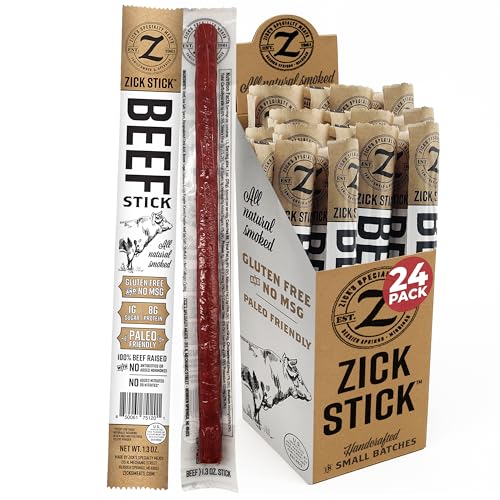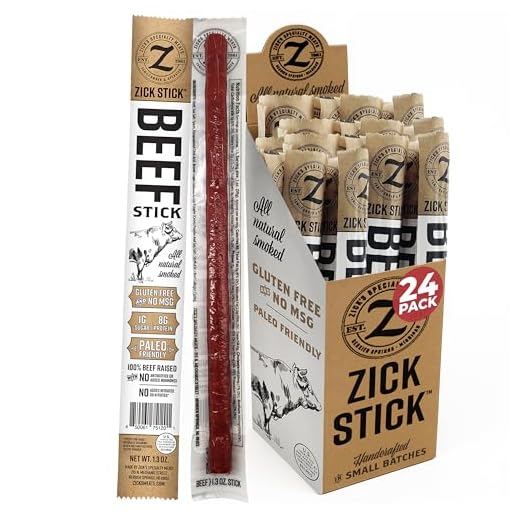Yes, you can pack snacks in your checked or carry-on bags. Most carriers permit a variety of edibles, though certain restrictions may apply based on the destination or specific items. When planning your trip, consider perishable items, as they might not fare well during long journeys.
It’s crucial to be aware of regulations regarding liquids and gels. Items like yogurt, sauces, and dressings are subject to the same limits as beverages. Generally, they must be contained in containers of 3.4 ounces (100 milliliters) or less, and all containers must fit within a single quart-sized bag.
For international travel, customs regulations might impose additional restrictions. Familiarize yourself with the rules of your destination regarding the import of certain products, particularly fresh fruit, vegetables, and meats. While many snacks are permissible, others might require a declaration or could be prohibited.
Plan accordingly to ensure compliance with these guidelines, allowing for a hassle-free experience at security checkpoints. If in doubt, it’s often wise to consult the website of the airline or relevant authorities before embarking on your trip.
Do Airlines Permit Snacks in Carry-On
Yes, carriers typically permit the transportation of edibles within your personal belongings, but specific guidelines must be followed.
- Solid items like fruits, sandwiches, and chips are generally accepted.
- Liquid items, such as soups or sauces, must comply with the 3.4-ounce (100ml) limit per container.
- Be mindful of regional laws regarding the import of certain items, especially fresh produce and meats.
It’s advisable to pack items securely to prevent spillage or odor. Resealable bags work well for this purpose. Consider your seatmates and avoid bringing overly fragrant or messy items.
Check the specific stipulations of your chosen carrier before traveling, as rules may vary. Engaging with customer service can provide clarity on any restrictions. If transporting homemade edibles, ensure they are well-packaged and state any ingredients clearly to avoid issues at security checkpoints.
Before flying, prepare a list of acceptable snacks that suit your journey’s length and time of day, focusing on convenience and dietary needs.
Understanding Airline Regulations on Food Transport
Check specific guidelines for transporting edibles by researching carrier policies. Most companies typically permit solid items, yet restrictions may apply to perishable goods.
Pack perishable items carefully to maintain freshness. Choose insulated containers or freeze gel packs where appropriate to avoid spoilage in transit.
Be mindful of local customs regulations as well. Some countries impose strict prohibitions on particular products to protect local agriculture and ecology. Always verify import restrictions prior to departure.
For convenience and organization, consider utilizing a best black travel tote for packing snacks and meals. This can keep your belongings tidy while ensuring easy access during your trip.
Lastly, remember to declare any necessary items at security checkpoints to ensure compliance and avoid delays.
Types of Food Permitted in Checked Bags
Certain types of edible items are generally permitted for transport in the hold of an aircraft. Non-perishable options such as snacks, dried fruits, and sealed packaged meals are usually acceptable. These items should be neatly packed to avoid any spillage or leakage that could affect other items.
Fruits and Vegetables
Fresh produce may have restrictions based on local regulations. When traveling internationally, it’s advisable to check customs rules regarding specific fruits and vegetables. In many cases, vacuum-sealed versions are more likely to pass through without issues.
Canned and Jarred Products
Sealed canned items, such as soups or preserves, are typically acceptable. Glass containers should be cushioned and securely packed to prevent breakage during transit. Ensure that all lids are tightly sealed to avoid leaks.
What to Know About Food in Carry-On Bags
Pack only solid edibles in cabin compartments; liquids, gels, and aerosols are restricted beyond a specific amount. Each container must hold no more than 3.4 ounces (100 milliliters) and fit into a quart-sized clear plastic bag. Avoid packing items that could spoil or create odors, such as dairy or seafood.
Commercially packaged snacks like granola bars, nuts, and sealed sandwiches are generally acceptable. Homemade items may pass security checks, but their freshness and odor should be considered. Be aware that while certain places permit fresh produce, others might not due to agricultural regulations; check the destination’s rules.
When in doubt, consult the guidelines of your carrier and the Transportation Security Administration (TSA) or relevant authority in your country. Regulations might vary based on airlines, so verifying specifics before departure is prudent. Always ensure packaging is secure to prevent spills or leakage during transit.
Lastly, remember that eating meals in cramped seating can be uncomfortable. Consider portion sizes and choose snacks that are easy to consume without fuss.
Special Considerations for International Flights
For international travel, specific regulations can differ significantly from domestic policies regarding transporting edibles. Here are key points to consider:
- Check destination country regulations: Various nations have strict rules about importing certain items, particularly perishables or specific ingredients.
- Customs limits: Be aware of quantity restrictions that may apply to different imported items, even if they are allowed to be transported.
- Sealed products: Generally, commercially packaged and sealed goods stand a better chance of being permitted through customs.
- Fresh produce and meats: Many countries prohibit or heavily regulate the entry of fresh fruits, vegetables, and meats due to biological risks.
- Liquid restrictions: Pay close attention to liquid limits for beverages. This is especially crucial if you’re bringing dietary supplements or shakes. Consider options like which is the best protein shake for muscle gain that comply with regulations.
- Recalls and alerts: Stay informed on any travel advisories or recalls related to specific items that might affect your choices.
Researching regulations ahead of time can help avoid potential confiscation and ensure a smoother experience during international journeys.
Tips for Packing Snacks for Travel
Use airtight containers to keep items fresh and reduce odors. Vacuum-sealed bags are an optimal choice for fragile or easily crushed snacks.
Choose Non-Perishable Options
Select dried fruits, nut mixes, or granola bars that won’t spoil during transit. Avoid items that require refrigeration to prevent any issues during your trip.
Check Regulations and Restrictions
Review local regulations about specific items. Some regions have restrictions on bringing certain produce or perishable goods. For convenience, consider a best smell proof backpack to discreetly store your provisions.
Common Mistakes to Avoid When Bringing Food
Avoid the temptation to pack homemade meals without proper packaging. Use airtight containers to prevent spills and ensure hygiene.
Do not overlook the restrictions on liquids and gels. Many items like sauces and soups must adhere to volume limitations, typically no more than 3.4 ounces (100 milliliters) in a carry-on. Always check for specific guidance beforehand to avoid confiscation.
Skipping a thorough check of the destination country’s import regulations is a misstep. Certain regions have strict laws regarding the entry of various items, particularly perishables. Researching these rules can save time and prevent issues at customs.
Neglecting to label any packed items can lead to confusion. Clearly marking contents will assist security staff in identifying items during inspections, expediting the process.
Choosing perishable items for travel without considering the duration of the trip can cause spoilage. Always opt for items with longer shelf lives if the transit time is uncertain.
Failing to check the condition of any packed goods can result in unpleasant surprises. Inspect everything before leaving to ensure nothing is damaged or near expiration.
| Mistake | Recommendation |
|---|---|
| Packing homemade meals without proper containers | Use airtight, spill-proof containers |
| Ignoring liquid restrictions | Check volume limits for carry-on items |
| Not researching import regulations | Investigate destination food entry laws |
| Omitting labels on packed goods | Clearly label contents for security clearance |
| Packing perishable items for long trips | Select shelf-stable products if uncertain |
| Not checking the condition of food items | Inspect all items before packing |
FAQ:
Can I bring food in my luggage on an airline?
Yes, most airlines allow you to pack food in your checked or carry-on luggage. However, there are certain restrictions, particularly on liquids and perishable items. Solid foods like snacks, sandwiches, and fruits are generally acceptable, while items such as soups or sauces may be subject to liquid restrictions.
Are there any specific food items that are prohibited in airline luggage?
While you can bring a variety of food items, certain items are often prohibited or restricted. Fresh produce, meats, and dairy products may have restrictions, especially on international flights, due to customs regulations. It is advisable to check the airline’s guidelines and the destination country’s regulations before packing any food items to avoid fines or confiscation.
What types of food are recommended for long flights?
For long flights, it’s best to choose food that is non-perishable and easy to eat. Granola bars, dried fruits, nuts, and vacuum-sealed meals are good options. Additionally, items that don’t require refrigeration, such as crackers and jerky, can be great snacks to keep you satisfied during the journey. Avoid bringing foods with strong odors, as they can disturb fellow passengers.
Can I bring homemade food on a flight?
Yes, you can generally bring homemade food on a flight, provided that it complies with airline and security regulations. Pack items in airtight containers to maintain freshness, and be aware of any customs restrictions if you are traveling internationally. It’s wise to label and clearly pack your homemade food to avoid any issues at security checkpoints.








